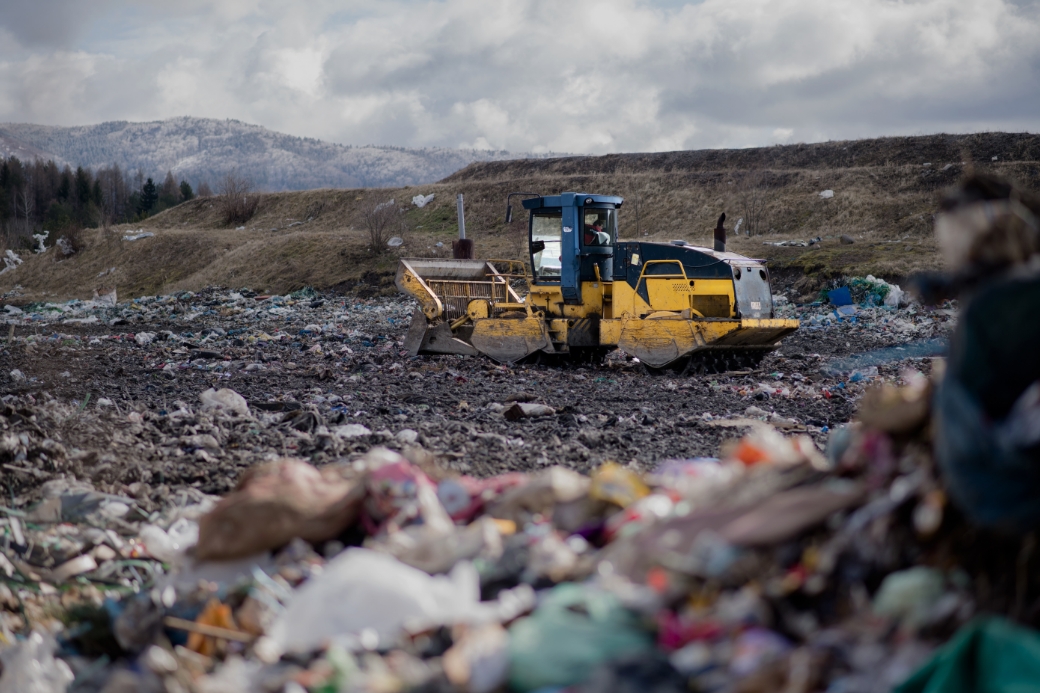Home Mattress Recycling
Need to recycle your old mattress?
Our sister company, The Mattress Recycling People, can take care of it!

Across the UK, consumers and businesses produce around 200 million tonnes of waste annually, from food and fashion to plastic packaging and electronics, there’s a wide variety of waste that requires safe and correct disposal.
While there has been a rise in businesses incorrectly disposing of waste nationwide, 72% of Brits have also admitted to incorrectly disposing of household waste. Paired with a significant rise in fly-tipping, which has seen fines increase over the past year by 244%, waste disposal has become a growing issue for everyone, but what is the real environmental impact of incorrect waste disposal?
Hazardous waste such as batteries, pesticides or chemicals that are sent to landfills can contaminate the surrounding soil and water. This results in a toxic substance called leachate, which can cause very serious harm to a person if it is touched, inhaled or ingested.
In 2022, a House of Commons Committee report on the state of UK rivers found that all rivers in England were currently chemically contaminated, with only 14% of them having an ecological status of ‘good’. Meanwhile, due to pesticides, plastics and fertilisers over 20,000 hectares of British soil is also contaminated.
Adding to this concern are Persistent Organic Pollutants (POPs), toxic, long-lasting chemicals that can bioaccumulate. Regulations from 2023 prohibit landfill disposal of POPs, but risks remain, particularly from illegal disposal like fly-tipping. These regulations don’t currently include all items, like mattresses, underscoring the need for correct waste disposal to prevent further environmental harm.
As certain components of a mattress decompose, particularly the organic materials, they release greenhouse gases like methane, which is a potent contributor to climate change. Many mattresses, especially memory foam mattresses, contain chemicals that can be harmful to the environment.
45.4 million tonnes of waste is dumped at landfill each year, with only enough space for 175.1 million tonnes of waste left in total. These alarming figures predict that England’s landfill sites will be overflowing soon and unable to take any more waste. If consumers and businesses continue to incorrectly dispose of their waste, it will put enormous pressure on the landfill networks across the UK.
Over 1.6 million tonnes of bulky waste is sent to landfill every year, with furniture including mattresses accounting for 42% of this. It’s estimated that 7.5 million mattresses are being dumped into landfill across the country each year, due to the complexity of separating the mix of component parts.
Mattresses are bulky items that occupy significant space. A single mattress can take up to 40 cubic feet, and with millions of mattresses discarded annually, they quickly consume valuable landfill space with no change of decomposition.
Mattresses are made from a variety of materials, many of which are not biodegradable. These include polyurethane foam, latex, synthetic fabrics, and metal springs. While these materials can potentially be recycled, they often end up in landfills where they do not decompose and instead contribute to long-term waste accumulation.
By incorrectly disposing of items such as mattresses in landfill it also misses the opportunity to recycle or reuse materials that don’t need to be in landfill and could be reused elsewhere.
While mattresses continue to be a bulky waste problem for landfills, there is a sustainable solution reducing the environmental impact and championing circular economy principles.
The combination of materials in mattresses makes them difficult to disassemble and recycle. This means that even if there is a desire to recycle them, the resources required can often be prohibitive and landfill can seem like the only resort – but this isn’t true.
We provide sustainable solutions; recycling and rejuvenation of mattresses, and providing logistics, diverting 100% of mattresses away from landfill. With innovative technologies, TFR Group manually breaks down mattresses into their component parts to responsibly recycle and create a circular economy.
Over 3 million mattresses have been diverted from landfill using this method, a figure that’s increasing on a daily basis.
Landfill sites produce 14 megatonnes of CO2 annually, more than half the total emissions from the waste sector, which is extremely damaging to the environment. While consumers and businesses continue to incorrectly dispose of their waste and avoid sustainable waste solutions, the UK’s landfill sites will reach capacity and continue to produce toxic greenhouse gases.
As a nation, we continue to produce more and more waste, which inevitably increases the need for sustainable waste solutions.
To find out about our sustainable waste solutions visit our website.
"*" indicates required fields
Need to recycle your old mattress?
Our sister company, The Mattress Recycling People, can take care of it!
X